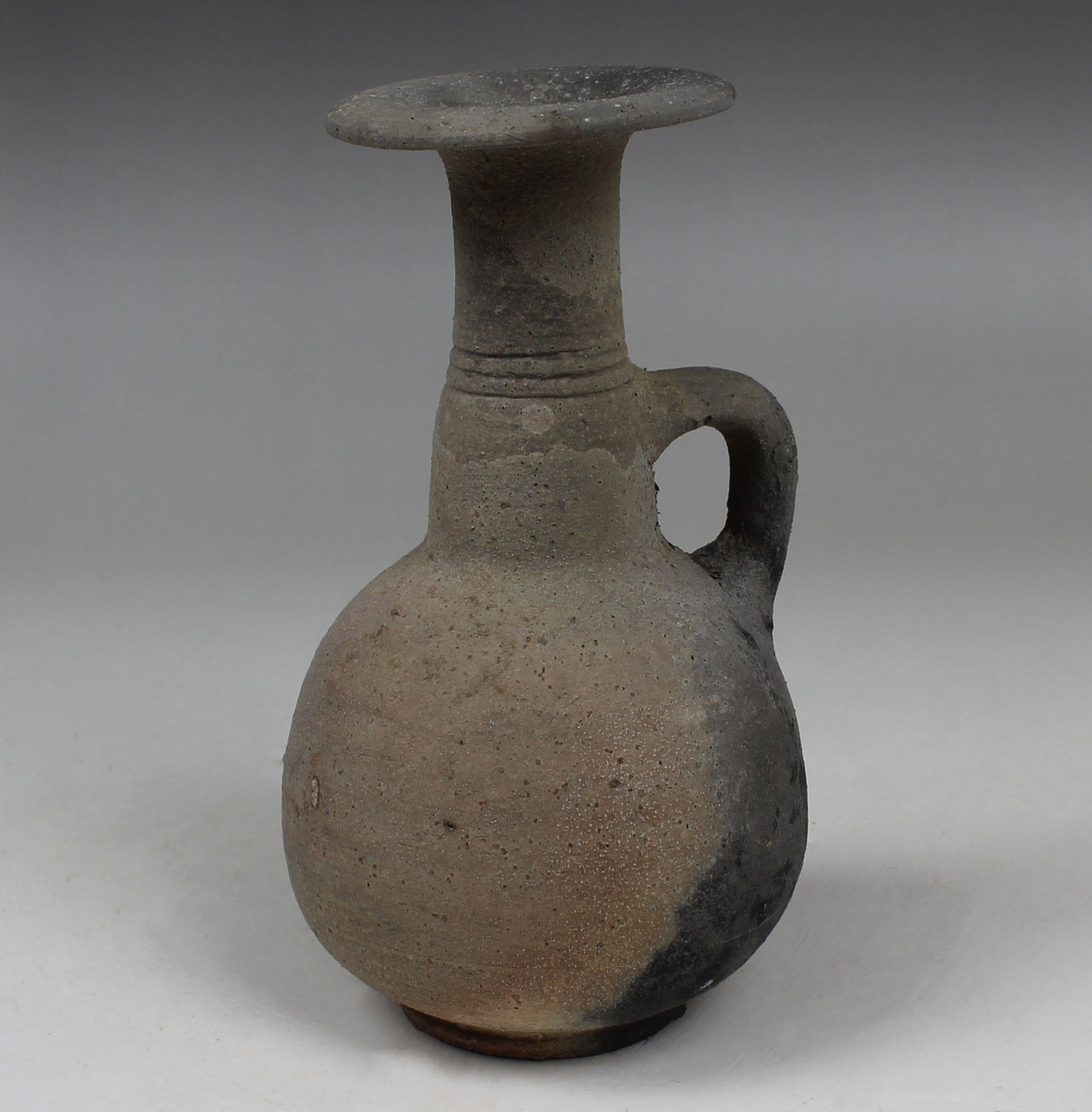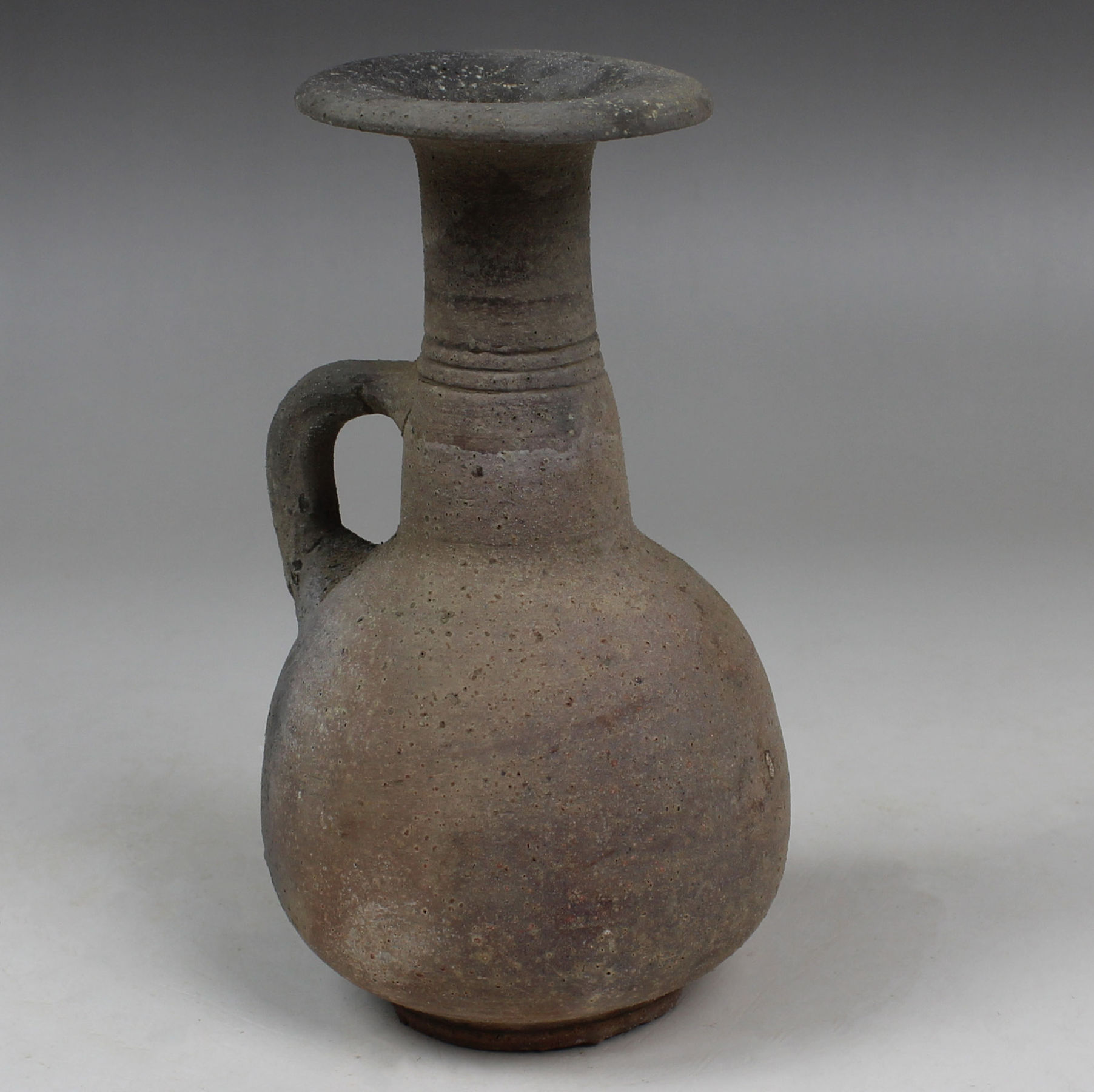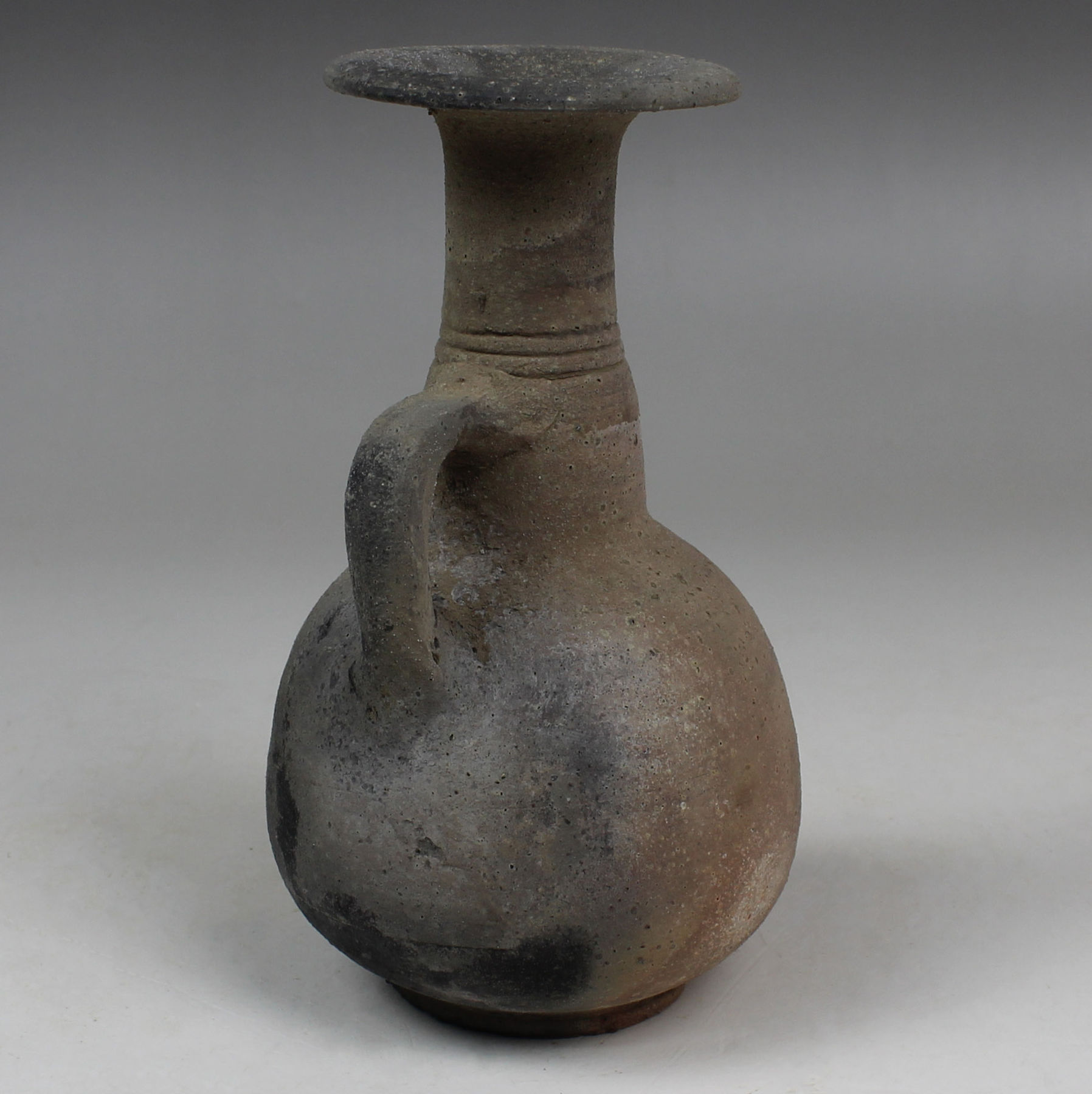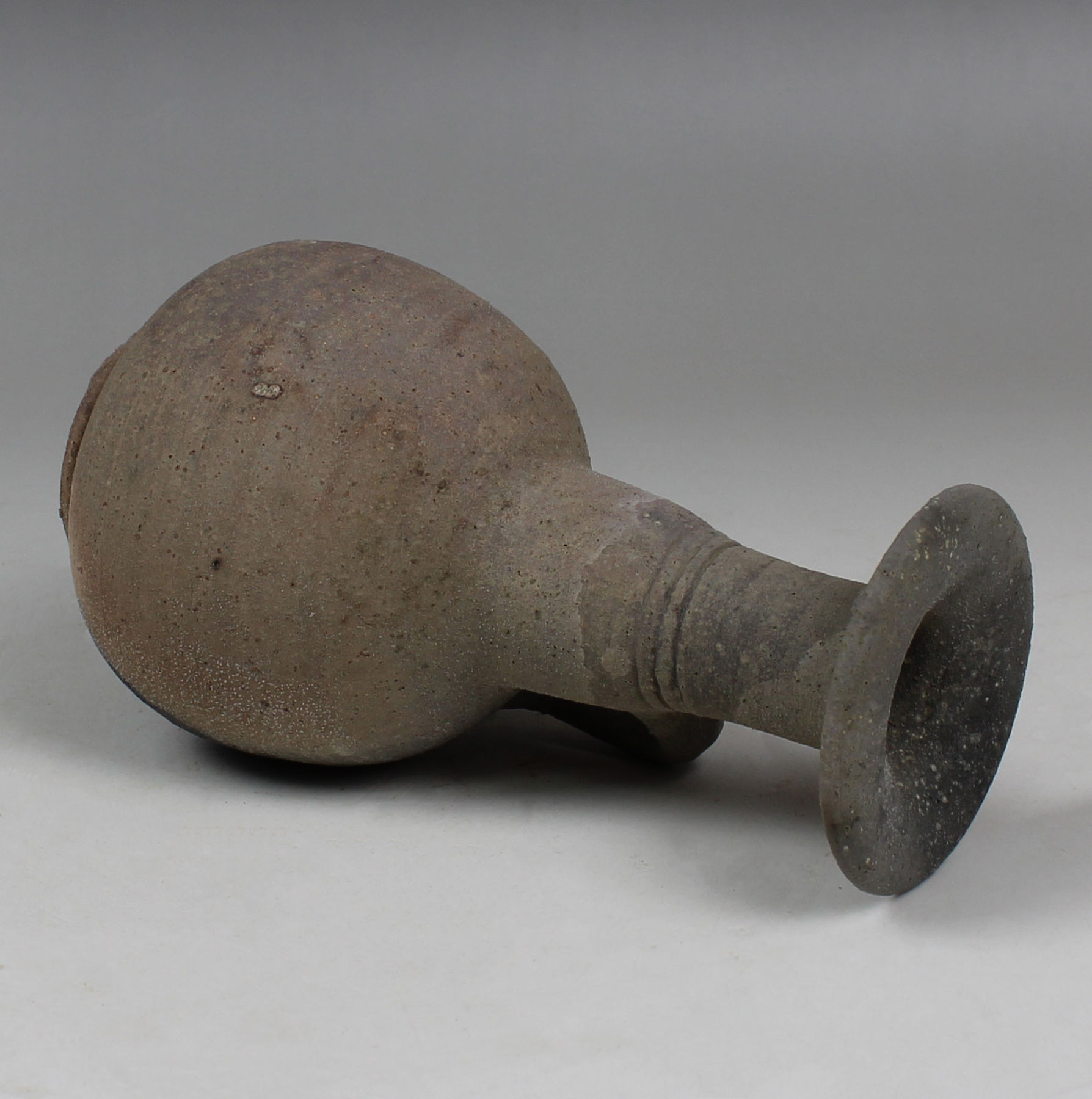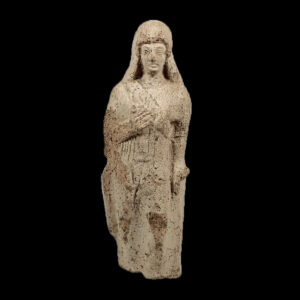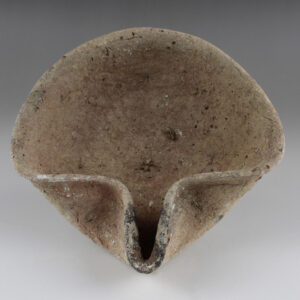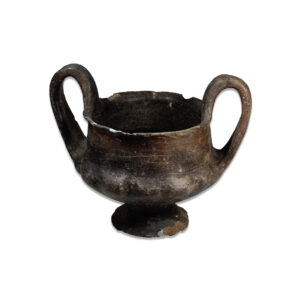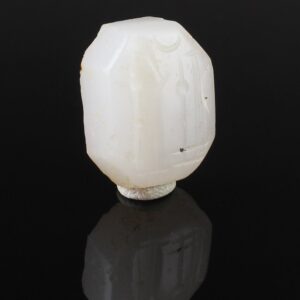Description
| ITEM | Jug |
| MATERIAL | Pottery |
| CULTURE | Iron Age, Phoenician |
| PERIOD | 10th – 7th Century B.C |
| DIMENSIONS | 140 mm x 78 mm |
| CONDITION | Good condition |
| PROVENANCE | Ex Emeritus collection (USA), collected from the 1950’s to the 1980’s by a distinguished university professor who served as Department head, Dean and Vice President of a major university. |
| PARALLEL | AMIRAN, R., Ancient Pottery of the Holy Land, p. 275, Plate. 92, Fig. 10 |
During the Iron Age, the Phoenicians, a flourishing maritime civilization in the eastern Mediterranean, produced ceramics of great significance. Their ceramics were characterized by a variety of shapes and uses, including amphorae, jars, plates, and bowls. These pieces were often crafted from high-quality clay with skilled craftsmanship, resulting in durable and sturdy containers used for both storage and transportation of commodities such as olive oil, wine, and other commercial products. In addition to their practical function, many Phoenician ceramics were adorned with geometric designs and artistic motifs that reflected the influence of other Mediterranean cultures with which they interacted, such as Greek and Egyptian.
Phoenician ceramics have been found in abundance at archaeological sites along Phoenician trade routes, from the Levant to the western Mediterranean and beyond. This underscores the significance of Phoenician pottery in the dissemination of technical knowledge, the consolidation of their commercial and cultural influence, and their contribution to the development of ceramics in antiquity. The study of these ceramic pieces sheds light on the economy, trade, and cultural interaction of the Phoenicians during the Iron Age, highlighting their significant role in ancient Mediterranean history.


